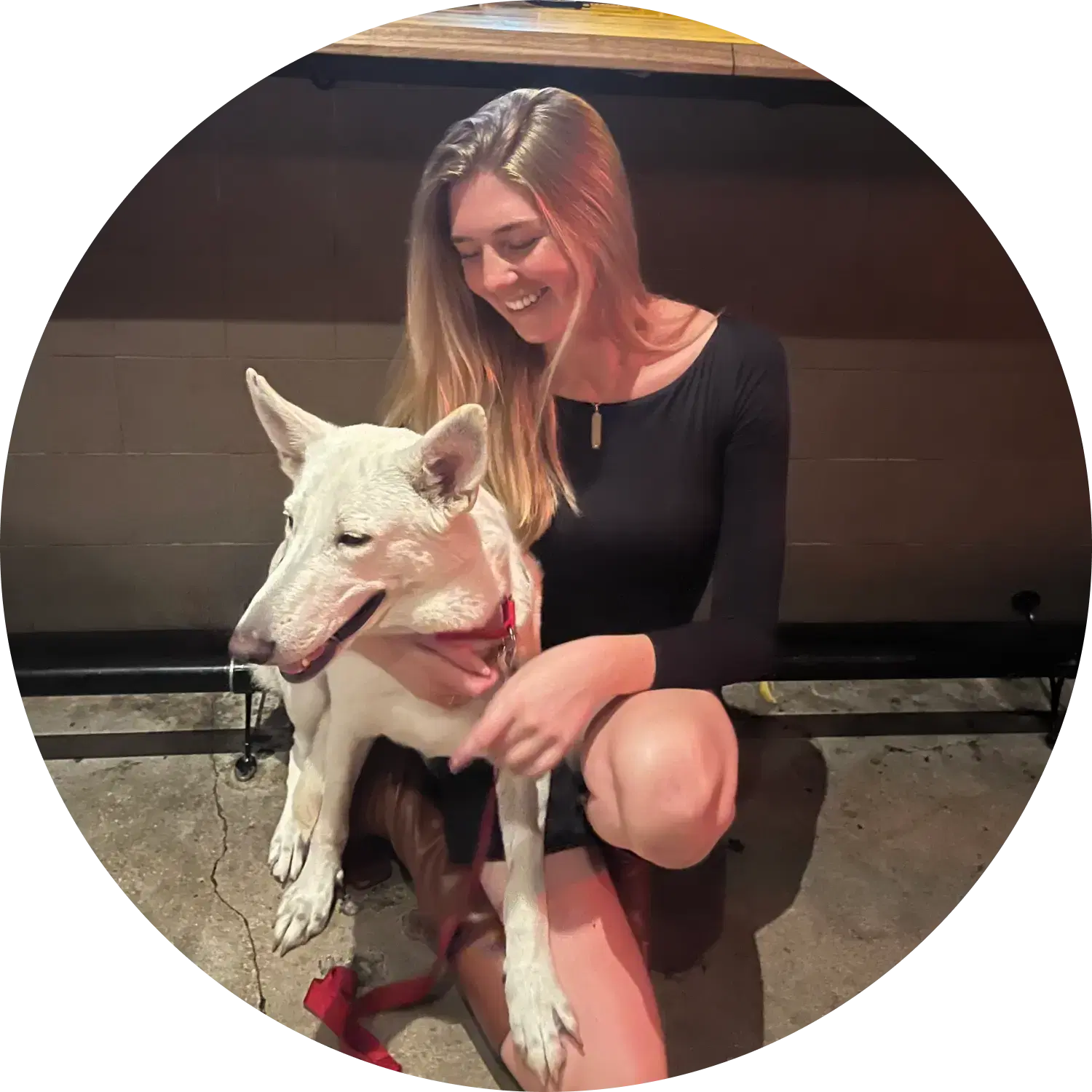Describing pet insurance as retroactive would be like telling the insurance provider, "My dog already has this illness, and I'd rather not cover the entire treatment cost upfront. How about I pay a small amount, and you cover the rest?" That wouldn't be practical, would it? However, are there other options and solutions worth exploring? Let's find out.
In some ways, owning a pet is similar to having a child in your family. Along with the joy and love, there are many things you must provide throughout the pet's lifetime. This includes small items like food bowls, litter boxes, treats, leashes, and collars, as well as larger expenses like daily meals, vaccinations, medications, routine vet visits, and more. Pet insurance can help with these costs, covering eligible expenses for unexpected accidents, illnesses, and sometimes even preventive care.
Pet insurance isn't a very complicated subject. The enrollment and claims process varies depending on the provider but is generally straightforward. Let's understand the different types of plans available. But first, let's answer a basic question:
How does pet insurance work?
After enrolling your pet, you wait for any applicable waiting periods to pass. If your pet gets sick or injured, you take them to the vet for treatment. After paying the bill, you submit a claim to your pet insurance provider, including your pet's medical records (if needed) and the vet's invoice. After reviewing the claim, you may receive reimbursement for covered expenses if the issue is covered by your policy.
Different types of pet insurance plans
There are three main types of insurance plans:
Accident only:
This plan helps cover accident-related injuries like broken bones, accidental poisoning, bite wounds, bee stings, heat stroke, getting hit by a car, lacerations, and swallowed objects.
Accident and Illness:
This is usually a more comprehensive plan, offering the broadest coverage for both unexpected accidents and illnesses.
Preventative:
This is an add-on to your policy, helping cover routine vet visits and various types of preventive care. Pet parents can add Spot’s Wellness Rider’s to any accident and illness plan for preventative care coverage.
What would retroactive insurance mean? Let's make an analogy to understand retroactive pet insurance. Pet insurance falls under Property and Casualty (P&C) insurance, similar to auto insurance. Imagine crashing your car and then trying to buy car insurance to cover the damage. That wouldn't be possible, right?
Similarly, retroactive pet insurance would be like trying to insure your pet after they've already become ill or had an accident. It would mean covering events that happened before the insurance policy was in effect, including those that occurred during waiting periods.
At Spot Pet Insurance, we understand that pets are beloved members of your family. However, in terms of insurance regulation, pets are considered property. This means that, like with other forms of property insurance, coverage typically starts from the policy's effective date and does not extend to past events.
What is a waiting period?
When you enroll your pet in pet insurance, there may be a waiting period before you can make a claim for pet-related expenses. Even if your plan covers a specific condition, you cannot claim for it until the waiting period is over. The waiting periods for accident-only and accident and illness plans can differ depending on your location and provider.
Why does pet insurance have a waiting period?
Some providers don't require a pre-enrollment health exam, so pet owners might get insurance after their pet shows symptoms of a medical condition. They then rely on insurance to cover the costs. This would be unfair to the insurance provider and other pet owners who got insurance early as a financial planning tool.
What happens if a medical condition develops during the waiting period?
If a condition appears or an accident happens during a waiting period, it's treated as a pre-existing condition, which is usually not covered by pet insurance.
Is there a waiting period during policy renewal?
No. If your pet is already insured and you renew the same policy or change plans with the same provider, there is usually no waiting period. However, always check the terms and conditions with your provider.
Is there pet insurance without a waiting period?
Most providers have waiting periods for accident and illness plans, but this can vary. Routine preventive add-on benefits may be available the next day.
What is the waiting period at Spot Pet Insurance?
Spot Pet Insurance plans typically have a 14-day waiting period for illnesses and no waiting periods for accidents, which may vary. Get a quote for more information about waiting periods in your area.
Spot plans can help cover the eligible costs of:
Exams, surgery, and hospitalization
Alternative therapies like hydrotherapy and acupuncture
IV fluids
Specialty care
Cancer treatments
Treatment for behavioral issues when conducted or prescribed by a veterinarian
Hereditary conditions
Spot's Preventive Care add-ons can help cover the eligible costs of:
Dental cleanings
Microchip implantation
Annual exams
Deworming
Certain vaccinations and screening tests
Blood tests
Spay or neuter surgery
Urinalysis
Heartworm and flea prevention
Additional vaccinations
Conclusion
You cannot get retroactive pet insurance. It is meant for unexpected expenses. Vet bills and treatment costs for some conditions can easily reach thousands of dollars. Additionally, there may be dietary supplements, alternative therapies, and other needs for ongoing care.
At Spot Pet Insurance, we understand pets and pet parents, which is why we offer plan options to help ensure your pet can receive the best possible care.

The resident animal enthusiast at Spot. I have a lifetime of pet parent experience. If it has fur, feathers, or scales, I’ve probably shared my home with it. I aim to be a reliable source, blending experience with a dedication to the well-being of pets.












